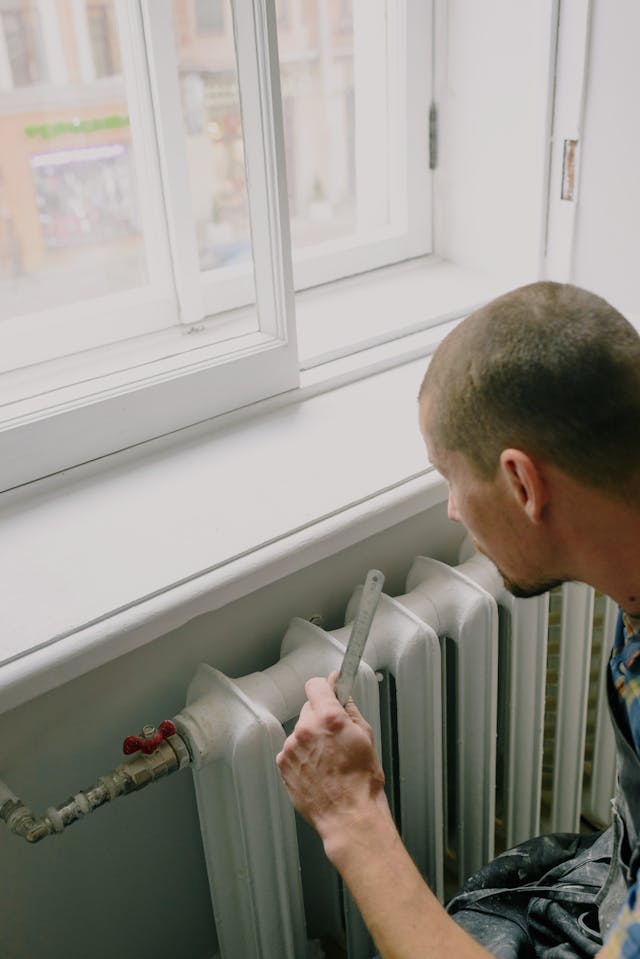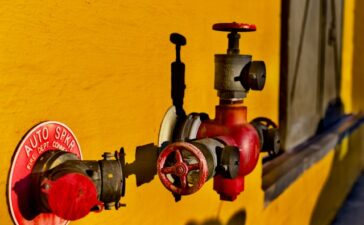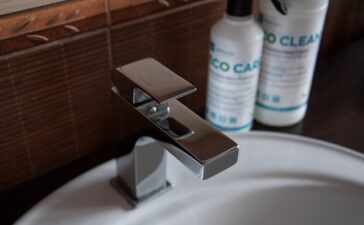A plumbing issue can quickly disrupt your day — from a dripping tap that keeps you up at night to a toilet that simply won’t flush. While some problems require a professional plumber, others can be fixed with a bit of know-how and the right tools. Below are 10 of the most common plumbing problems Aussie households face, along with practical advice on how to fix them.
- Dripping Taps: One of the most frequent (and annoying) issues is a dripping tap. This usually happens when a washer has worn out or is incorrectly installed. To fix it, turn off the water supply, disassemble the tap, and replace the washer. If it’s a mixer tap, you might need a ceramic disc cartridge replacement instead.
- Blocked Drains: Whether it’s the kitchen sink or shower drain, blockages are typically caused by a build-up of hair, grease, soap, or food debris. Try using a plunger or a drain snake. For ongoing issues, consider enzyme-based drain cleaners as a preventative measure — they’re gentler on your pipes than harsh chemicals.
- Running Toilet: If your toilet won’t stop running, it could be due to a worn flapper valve or a misaligned float. Open the cistern and inspect the components. Replacing a faulty valve or float mechanism is usually a simple and inexpensive fix.

- Low Water Pressure: Low water pressure can make everyday tasks frustrating. It’s often caused by sediment build-up in aerators or showerheads. Unscrew the fitting, give it a good clean in vinegar, and reattach. If the issue persists, it could point to a hidden leak or a pipe obstruction.
- Leaky Pipes: Leaks under the sink or in walls are serious and often lead to water damage and mould. As a temporary fix, plumber’s tape or epoxy putty can seal the leak. However, it’s wise to call in a plumber to properly repair or replace the pipe.
- Hot Water Problems: Few things are more frustrating than hot water not working in the shower. The issue might be with your hot water system’s thermostat, a broken heating element, or sediment build-up in the tank. First, check if other taps are affected. If it’s isolated to the shower, it may be a faulty shower mixer or valve that needs replacing.
- Slow-Draining Sink: This is often a sign of a partial blockage. Remove the drain stopper and check for visible obstructions. Use a plunger or pour a mixture of baking soda and vinegar down the drain, followed by boiling water. If that doesn’t work, a plumber may need to inspect the drain with specialised tools.

- Noisy Pipes: Banging or rattling pipes — often called “water hammer” — usually occur when water flow suddenly stops. This can be fixed by installing water hammer arrestors or by securing loose pipes with clips or brackets to stop movement.
- Sewer Smells: A foul odour coming from your drains could indicate a dried-out P-trap (common in unused bathrooms) or a broken vent pipe. Run water down all your drains regularly, and if the smell persists, call a plumber to check for deeper issues.
- Faulty Tap Installation: Incorrectly installed taps can leak, wobble or make strange noises. If you notice issues shortly after a new tap is fitted, it might be worth removing and reinstalling it with proper sealing tape and correct torque.
When to Call a Professional
While it’s satisfying to tackle minor plumbing issues on your own, some problems — especially those involving hot water systems, pipe replacements, or hidden leaks — should be left to the professionals. Don’t risk further damage; an experienced plumber can diagnose and fix the issue quickly and safely.Need help with a plumbing issue in your home? Reach out to your local licensed plumber for prompt, reliable service.





